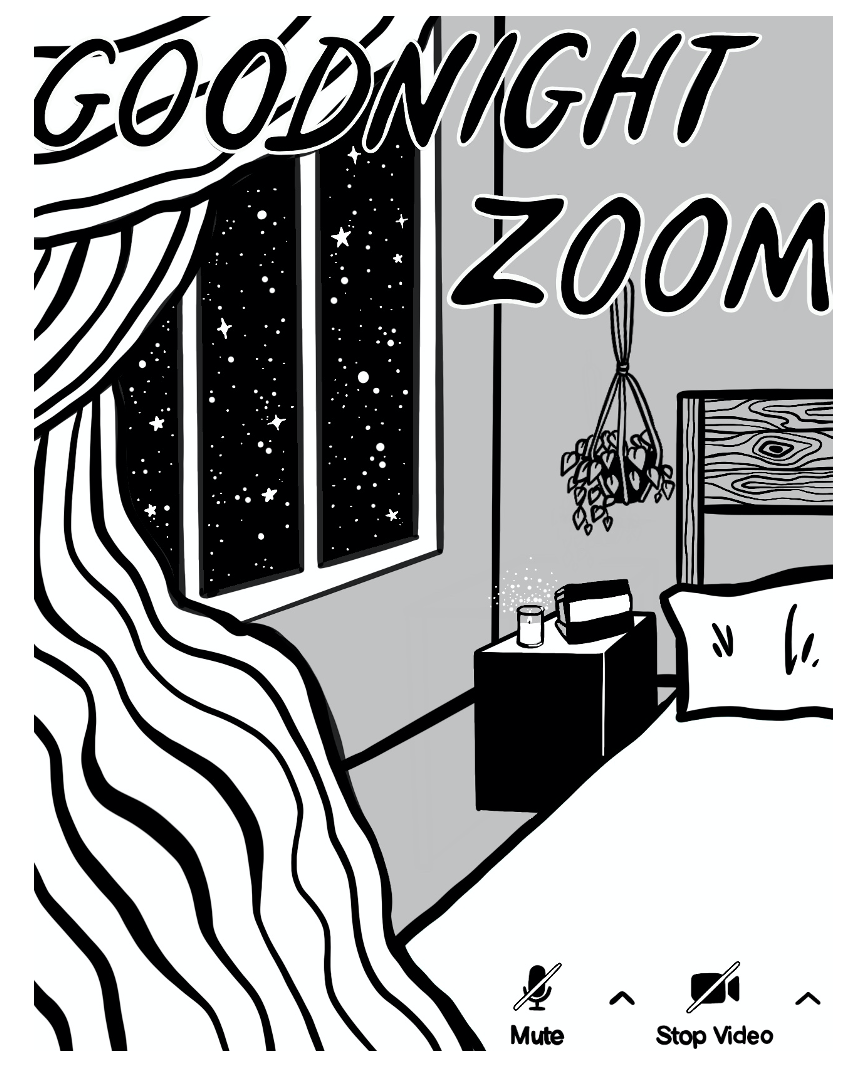Exploring Embroidery
- Drexel ATC

- Dec 3, 2020
- 2 min read
CATX 631 Art Journals: Claire Picard
Week 5: Sewing, Aprelleas, and Story Cloths
Population: Adults
Disorder: Bipolar Disorders
Embroidery is the artistic process we have done that I have the most experience with. I became interested in embroidery a few years ago after discovering a stash of fabric scraps and assorted beads in my childhood home’s attic. I quickly fell in love with the process of ‘drawing’ on fabric, accompanied by a soothing repetitive motion with constant sensory stimulation. Art therapist Catherine Moon (2010) describes the process as “an activity that calls forth peaceful attentiveness, rather than an insistence toward self-expression” (p. 22). This peaceful attentiveness and sense of grounding is a tool that can be used as an art therapist working with someone who has a Bipolar Disorder diagnosis. My previous practicum site was an inpatient acute psychiatric setting where many of the patients diagnosed with Bipolar disorders were experiencing manic states. Often times, a large part of our work together in art therapy groups would be slowing down their art-making process and grounding them in the present moment.
The specific materials of embroidery in an art therapy intervention may vary based upon the context of where treatment is taking place; such as sentimental fabric/needles/thread for an outpatient teletherapy session vs. burlap and plastic needles for an inpatient group session. I would be interested in the utilization of sewing and embroidery with adult clients diagnosed with bipolar disorders seeking outpatient services (either in person or via teletherapy). I’m drawn to the ability of sewing and embroidery to be used to create narratives and images while also recognizing the power it possesses to slow individuals down. By introducing the cognitive element of the process of embroidery, the art therapist is providing an opportunity for clients to promote cause and effect thinking, support decision making skills, and improve delay of gratification (Hinz, 2020, p. 118). For clients experiencing depressive episodes, the embroidery holds the power of self-expression and autonomy. For clients experiencing swings of mania, the embroidery is capable of introducing elements of mindfulness. Furthermore, these experiences come together in a securely contained hoop that provides structure.

Hinz, L. D. (2020). Expressive therapies continuum: A framework for using art in therapy (2nd ed.). Routledge.
Moon, C. H. (Ed.). (2010). Materials and media in art therapy. ProQuest Ebook Central https://ebookcentral-proquest-com.ezproxy2.library.drexel.edu



Comments